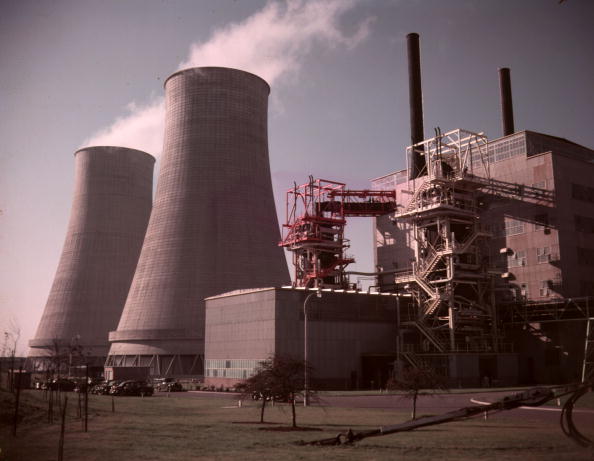
Russian troops continue to grossly violate the requirements of radiation safety and security, which worsens the radiation situation and contributes to the spread of radioactive contamination outside the Chernobyl Exclusion Zone. Right now, Chernobyl and Zaporizhzhya are under direct threat. Other Ukrainian nuclear power plants are under Ukraine’s control, but the country is at war and the situation is changing very quickly. This is a danger not only for Ukraine, but to nearby countries. There are seven nuclear sites at Zaporizhzhya: six nuclear power units and a spent nuclear fuel storage facility are equivalent to about 20 Chernobyls! This is a huge amount of nuclear material, which is now out of control, even of the International Atomic Energy Association. There haven’t been changes to the condition of power units: two units are working, two power units are under repair (№ 1 and № 6), the rest are stopped. Zaporizhzhya power plant and the city of Energodar are still under the control of Russian military units. What are the risks to Ukraine’s other nuclear reactors? If there is an accident with one power unit or one container for spent fuel, depending on the direction of wind the radioactive cloud will affect Russia, Bulgaria, Greece, Romania, and other border countries.


A huge area would be contaminated by radiation for thousands of years. There are long-lived radionuclides in the spent nuclear fuel storage, which in case of an accident can get into the Kakhovka Reservoir, and further along the Dnipro river into the Black Sea. Operators will be unable to control the level and temperature of water in spent nuclear fuel storage pools. The possibility of remote control over nuclear and radiation safety indicators at storage facilities, the New Safe Confinement facility, and other facilities will be lost. In case of a complete power outage, there is a risk of disabling the safety of important systems and equipment, in particular: ventilation, heat dissipation, technological, and radiation control systems. What is the worst case scenario at Chernobyl? The main risk of the Chernobyl Exclusion Zone is not radiation, but Russian troops. On Monday Ukrainian staff managed to restore electricity supply, but on Tuesday there were interruptions again. According to plant’s management, an additional supply of diesel fuel for diesel power plants has been delivered to the site, providing emergency power supply for spent nuclear fuel storage facilities, as well as the New Safe Confinement facility. From 11:22 on March 9, 2022, there has been no electricity supply at the Chernobyl plant. In addition, the connection with the automated control system and the accurate data on the radiation status of the Chernobyl nuclear power plant has been lost.

This can lead to loss of control over the safety of the facility and the inability to respond to internal and external initial events such as fire, which in turn can lead to severe radiation effects. The enemy has not allowed any opportunity to change the staff, who are psychologically and physically exhausted due to the lack of rotation and the constant pressure caused by armed people. The staff, who are still at the Chernobyl nuclear power plant, came in on February 23. The vital need is to rotate the staff of the Chernobyl nuclear power plant.


 0 kommentar(er)
0 kommentar(er)
